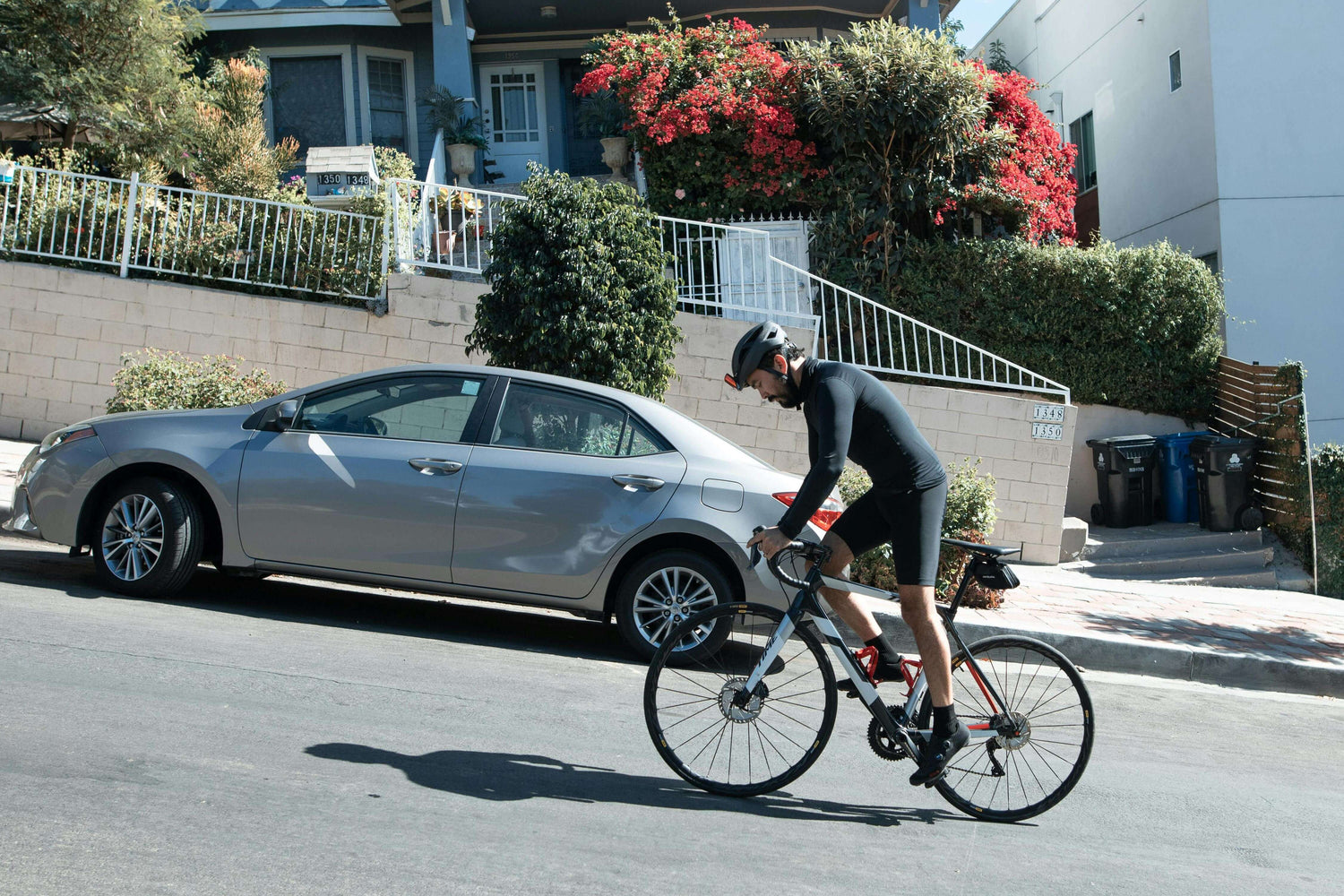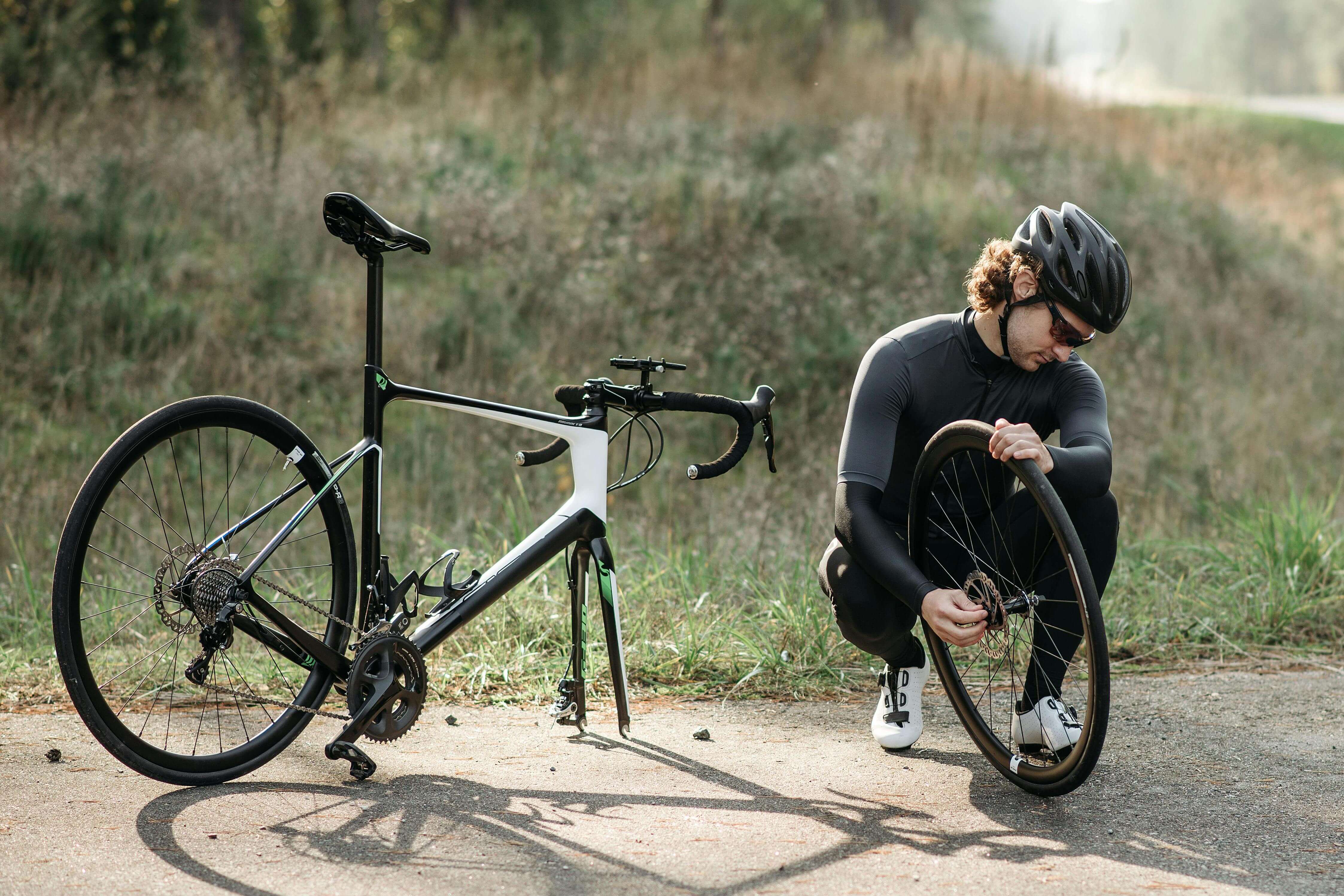Where Are Those “Ghost Noises” Coming From During Your Ride?
Few things are more frustrating during a road or mountain ride than mysterious creaks or clicks coming from your bike. Especially when the noise comes from your wheelset, it not only disrupts the ride but may also signal a hidden safety issue.
This article systematically analyzes common causes of wheelset noises and offers a step-by-step troubleshooting order—from easiest to most complex—to help you quickly identify and fix the issue.
I. Why Does a Wheelset Make Strange Noises?
 A wheelset is a system of precisely engineered components: hubs, bearings, spokes, rims, quick-release skewers or thru-axles, brake rotors, cassettes, and more.
A wheelset is a system of precisely engineered components: hubs, bearings, spokes, rims, quick-release skewers or thru-axles, brake rotors, cassettes, and more.
Any looseness, wear, or improper installation among these parts can cause noise. Common sound profiles include:
Sharp “clack” or “click” sounds
Rhythmic rubbing noises
Intermittent metallic ticking or knocking
II. Priority Troubleshooting Points for Wheelset Noise
The following steps are ordered from the most frequent issues to those requiring more in-depth investigation. It’s recommended to go step-by-step:
1. Loose Quick Release Skewer or Thru-Axle
Symptoms: A sharp "clack" every time you pedal, especially during climbs or sprints.
Fix:
Check if both front and rear skewers are properly secured. (You should feel firm resistance when closing the lever.)
Thru-axles should be fully tightened clockwise until you hear or feel a locking "click".
2. Loose or Improperly Installed Cassette
Symptoms: Rhythmic metallic sounds while pedaling; occasional clicking while coasting.
Fix:
Use a cassette lockring tool to verify that the lockring is properly tightened.
Check that spacers and cogs are in the correct order and free from debris.
3. Brake Rotor Rubbing or Looseness
 Symptoms: Light rubbing noise while spinning the wheel, not always present while pedaling.
Symptoms: Light rubbing noise while spinning the wheel, not always present while pedaling.
Fix:
Ensure the rotor bolts are firmly tightened.
Use a rotor truing tool to check for warping.
Confirm that the wheel is seated properly in the frame/fork dropout.
4. Loose or Uneven Spoke Tension
Symptoms: Metallic “pinging” or “tink” sounds on uneven surfaces.
Fix:
Gently tap each spoke with a metal tool and listen—consistent tone = even tension.
Adjust spoke tension with a spoke wrench (professional service recommended if unsure).
5. Rubbing Between Rim and Valve Hole
Symptoms: Constant creaking noise or rattling when the valve moves.
Fix:
Check if your inner tube has a Presta valve nut securing it.
For tubeless setups, ensure the valve base has a rubber grommet to seal and stabilize it.
6. Internal Hub Noise
Symptoms: Pronounced clicking or rough engagement while coasting or pedaling.
Fix:
Disassemble the rear hub to inspect the pawls, springs, and grease. Look for dryness or wear.
On the front hub, check bearing preload and axle play.
7. Carbon Rim Cracks or Blisters
Symptoms: Persistent noise from one spot or irregular vibrations while riding.
Fix:
Inspect the rim surface for cracks, blistering, or abnormalities along the brake track or spoke holes.
If a bulge or crack is found, stop using the wheel immediately and contact the manufacturer for inspection.
III. How to Prevent Wheelset Noise
 Routine maintenance every 500–1000 km: Clean, check spoke tension, re-grease hubs
Routine maintenance every 500–1000 km: Clean, check spoke tension, re-grease hubs
High-mileage riders: Consider a full wheelset tune-up every 6 months.
Be cautious when reinstalling wheels during travel or transport—pay close attention to quick release and axle alignment
When changing tires/tubes, take extra care around the valve area.
After wet rides, always dry your wheels thoroughly to prevent corrosion
IV. Final Thoughts: Noise Is Not a Small Matter
Though wheelset noise might seem like “just an annoyance,” it often signals an underlying issue. If you’ve followed all troubleshooting steps but still can’t locate the source, visit an experienced bike shop or authorized service center—especially with carbon wheels, where even minor damage can lead to serious consequences.
Treat your ears as an early warning system. Resolving each noise promptly ensures your wheelset remains safe, reliable, and ready for every road or trail ahead.






Leave a comment
All comments are moderated before being published.
Este site está protegido pela Política de privacidade da hCaptcha e da hCaptcha e aplicam-se os Termos de serviço das mesmas.